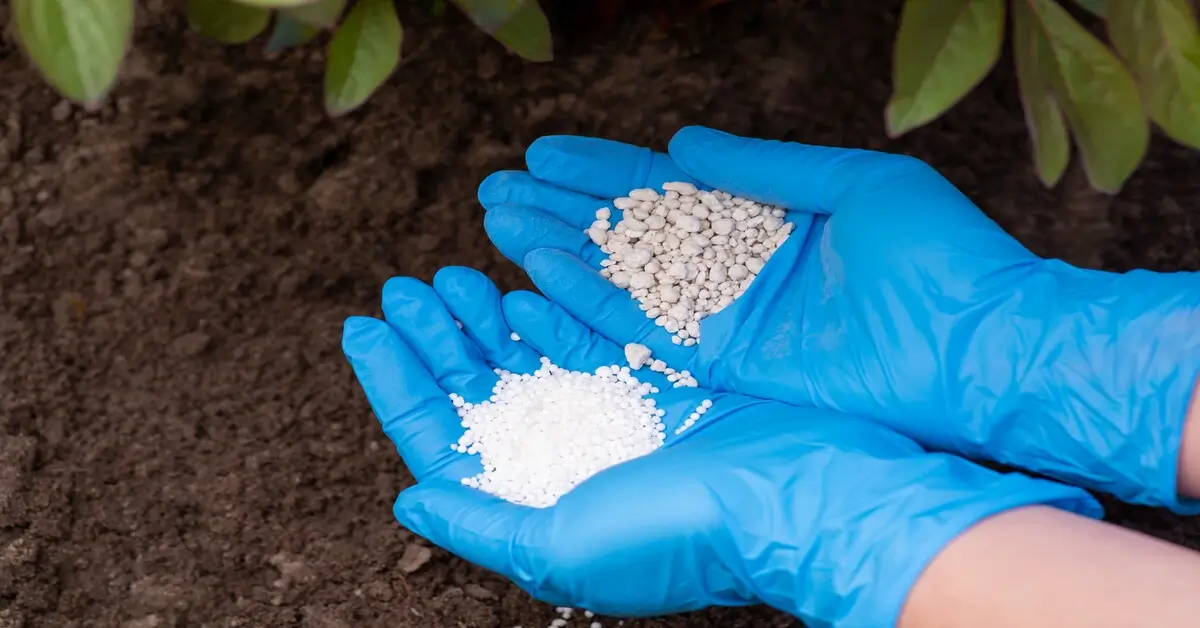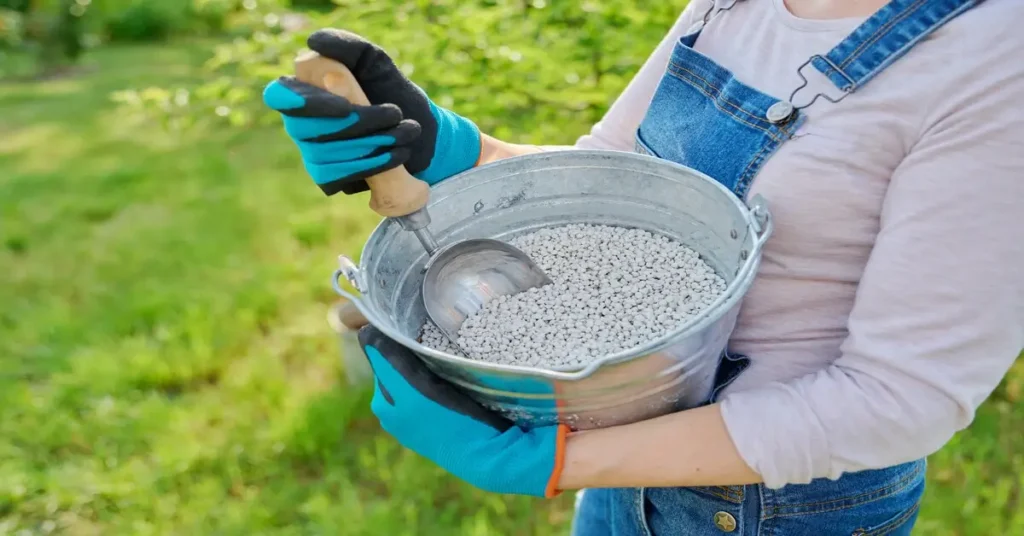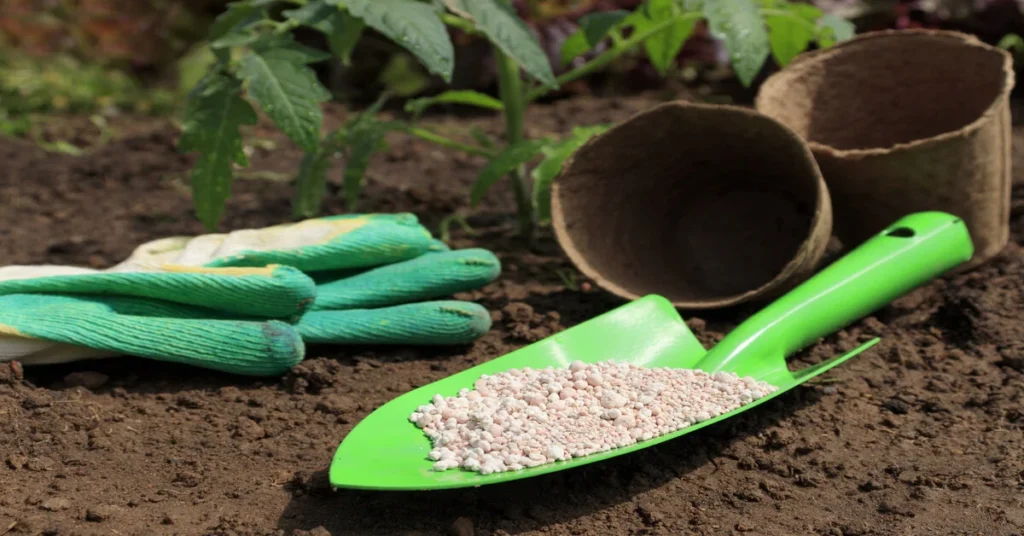Are you a gardener or plant enthusiast wondering about the versatility of granular fertilizer? You’re not alone. One question often arises: Can you dissolve granular fertilizer in water to make liquid fertilizer? This article aims to answer that question while diving into the pros and cons of both granular and liquid fertilizers. We’ll explore the science behind dissolving fertilizer in water and even provide a step-by-step guide for those who want to try it themselves.
What is Granular Fertilizer?
Granular fertilizer is a dry fertilizer that comes in small, pellet-like forms. It’s a popular choice for gardeners because it’s easy to apply and typically has a longer shelf-life than liquid fertilizers. But what happens when you want the benefits of a liquid application? That’s where the idea of dissolving granular fertilizer in water comes into play.
Types of Granular Fertilizers and Their Solubility

Inorganic vs. Organic Granular Fertilizer
Inorganic fertilizers are usually more water-soluble in water compared to their organic counterparts. Organic fertilizers like compost or bone meal may not dissolve in water thoroughly, leaving residue in your liquid solution.
Nitrogen-based, Phosphorus-based, and Potassium-based
Different nutrients have different solubility levels. Nitrogen-based fertilizers tend to dissolve more quickly than phosphorus-based ones. Knowing the primary nutrient of your granular fertilizer can help you anticipate how well it will dissolve.
The Dissolving Process: Step-by-Step Guide
Measuring the Right Amount of Fertilizer and Water
Start by measuring the granular fertilizer and water you’ll need. The amount of water will depend on the fertilizer you use. Generally, one cup of granular fertilizer per gallon of water is a good starting point.
Soaking the Granular Fertilizer
Place the measured granular fertilizer into a bucket and add water. Allow it to soak for 24 hours to help break down the granules.
Stirring and Straining
After soaking, stir the mixture well. Use a strainer to remove undissolved particles, ensuring you get a clear liquid fertilizer from a granular base.
Dilution and Application
Dilute the liquid fertilizer according to your plants’ needs before applying. Use liquid fertilizer with a watering can or sprayer for even distribution.
Benefits and Drawbacks of Dissolving Granular Fertilizer
Benefits
- Cost-Effective: Using liquid from granular fertilizer can be more cost-effective than buying pre-made liquid fertilizers.
- Customization: You can tailor the nutrient content by choosing a specific granular fertilizer to dissolve.
- Easy Application: Liquid fertilizers are easier to apply evenly, especially in extensive gardens or fields.
Drawbacks
- Time-Consuming: The process of dissolving and straining can take up to 24 hours.
- Potential for Error: Incorrect measurements or dilution can lead to nutrient imbalances.
- Storage: Liquid fertilizers have a shorter shelf-life compared to their granular counterparts.
Safety Precautions When Dissolving Granular Fertilizer
Handling granular or liquid fertilizers requires a certain level of caution. Here are some safety tips to keep in mind:
- Protective Gear: Always wear gloves and a mask when handling granular fertilizer. This prevents accidental ingestion or inhalation of the product.
- Storage: Store your granular and liquid fertilizers in a cool, dry place away from children and pets. Make sure the storage containers are well-labeled to avoid confusion.
- Accidental Contact: If the fertilizer comes into contact with your eyes or skin, rinse immediately with plenty of water. Seek medical advice if irritation persists.
- Manufacturer’s Guidelines: Always follow the manufacturer’s guidelines for granular and liquid fertilizers. This includes recommended dilution rates and application methods.
- Disposal: Dispose of any leftover liquid fertilizer or granular residue responsibly. Check local regulations for proper disposal methods.
By following these safety precautions, you can ensure that you’re using your dissolved granular fertilizer safely.
Environmental Impact of Granular vs Liquid Fertilizers
When it comes to gardening, it’s essential to consider the environmental impact of your products. Here’s how granular and liquid fertilizers stack up:
- Soil Health: Granular fertilizers are generally considered less harmful to soil microbes than liquid fertilizers, which can sometimes contain harsh chemicals.
- Waterways: Excessive use of either type of fertilizer can lead to nutrient runoff, affecting local waterways and aquatic life. Liquid fertilizers are more prone to this due to their water-soluble nature.
- Ecosystem: Organic fertilizers like compost are generally better for the environment than inorganic options. They improve soil structure and water retention, reducing the need for frequent watering.
- Carbon Footprint: The production process for granular fertilizers usually has a lower carbon footprint than liquid fertilizers, which require more energy-intensive manufacturing processes.
- Sustainability: Opt for fertilizers made from renewable or recycled materials to minimize your environmental impact. Many companies now offer eco-friendly options for both granular and liquid fertilizers.
Understanding the environmental pros and cons of granular and liquid fertilizers can help you make more informed choices, benefiting your garden and the planet.
Conclusion
In this article, we’ve explored the ins and outs of turning granular fertilizer into liquid form. We’ve covered everything from the types of granular fertilizers that can be dissolved to the step-by-step guide on how to do it. We’ve also delved into the benefits and drawbacks of this practice, helping you make an informed decision.
Whether you’re a seasoned gardener or a newbie, understanding how to dissolve granular fertilizer properly can offer a cost-effective and customizable way to nourish your plants. Always read the manufacturer’s guidelines and conduct a soil test to ensure you meet your plant’s specific nutrient needs.



